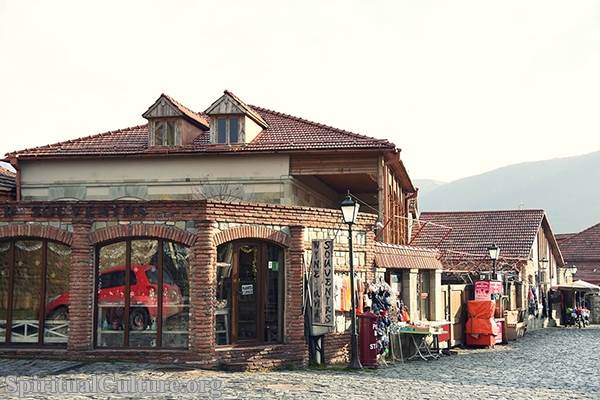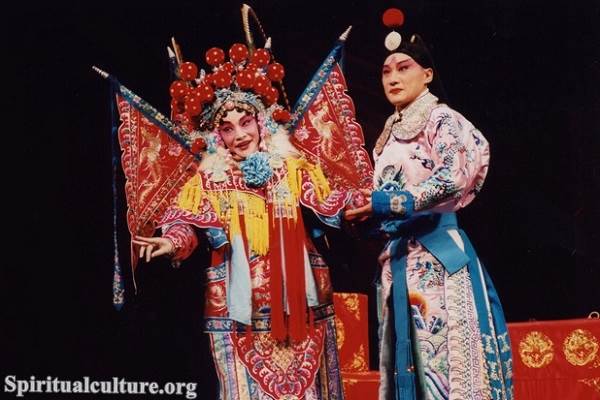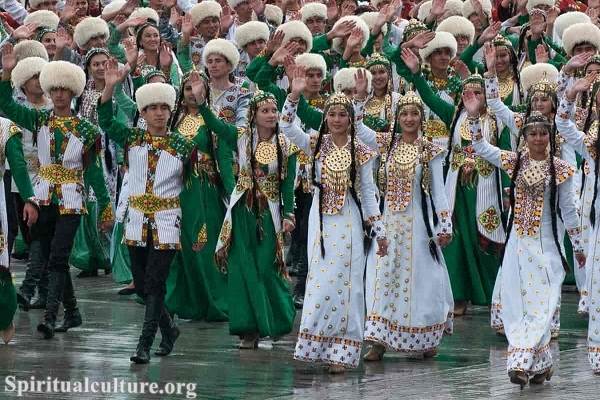Death — the great unknown, the final threshold we all must cross. For every human being, it is both an end and a beginning: the conclusion of earthly existence and the start of a journey into mystery. In every culture, death stirs profound questions about meaning, legacy, and the soul’s destiny. Mourning rituals and funeral practices reflect these questions, acting as bridges between the visible and the invisible, the living and the departed.
As “Spiritual Culture,” we invite you to travel with us across continents and centuries to explore how different traditions honor the dead. We will see how grief is expressed, how communities find healing, and how these rituals shape our collective understanding of life and eternity.
This article will delve deeply into major religious and cultural perspectives on death and mourning, uncovering the spiritual wisdom that lies within them. Together, let us uncover what these practices reveal about the human spirit’s resilience and longing for connection beyond the grave.
Understanding Death: A Universal Human Experience
Death unites us all, regardless of race, nation, or belief system. Despite our different customs, we share the same ultimate vulnerability. This shared fate has inspired rich traditions to honor, remember, and guide souls beyond this life.
Embracing Impermanence
In Buddhist thought, death is not an end but a transition. The doctrine of impermanence (anicca) teaches that all compounded things are transient. From this perspective, death is a natural unfolding of life’s continuous cycle.
The Wheel of Samsara
Buddhists believe in samsara — the endless cycle of birth, death, and rebirth. Funeral rites are designed not just to grieve but to assist the deceased in their journey toward a favorable rebirth, or ultimately, liberation (nirvana).
The Soul’s Journey
In many indigenous cultures, death is viewed as a passage to another realm rather than a final goodbye. Ancestors are seen as protectors, guides, and active members of the community’s spiritual life. Offerings, dances, and songs help guide and comfort the soul on its journey.
Christianity: Resurrection and Eternal Life
Belief in the Resurrection
Christians hold the promise of resurrection central to their faith. As St. Paul wrote, “For if we believe that Jesus died and rose again, even so God will bring with Him those who sleep in Jesus” (1 Thessalonians 4:14). Death is not seen as an annihilation but as a doorway to eternal life with God.
Funeral Rites and Symbols
Christian funerals often include readings from Scripture, prayers for the departed soul, and the singing of hymns that emphasize hope and reunion. The use of white vestments symbolizes resurrection and new life. The body is sometimes anointed and placed in a coffin, signifying respect for the physical vessel that carried the soul.
The Importance of Community
Gathering for wakes, memorial services, and funeral masses allows communities to grieve together, support the bereaved, and celebrate the life of the deceased as a testament to faith.
Islam: Returning to Allah
Death as a Return
In Islam, death is a return to Allah, as echoed in the verse: “Indeed we belong to Allah, and indeed to Him we will return” (Quran 2:156). The deceased is seen as embarking on a journey to the afterlife (akhirah), where they will face judgment.
Simple and Humble Burial
Islamic funeral practices emphasize simplicity. The body is washed (ghusl), shrouded in plain white cloth (kafan), and buried facing Mecca. Extravagance is discouraged, reflecting the belief in equality before God.
Community Support
The Janazah (funeral prayer) is performed collectively, underscoring communal responsibility to pray for the deceased. Mourning is often observed for three days, with extended periods for close relatives.
Hinduism: Liberation and the Cycle of Rebirth
The Eternal Soul
Hindus believe in the atman (eternal soul) and karma, the law of cause and effect that determines future rebirths. Death marks the soul’s departure from the body, beginning its journey toward a new life.
Cremation and Rituals
Cremation is the preferred practice as it symbolizes the release of the soul from physical bonds. The eldest son traditionally lights the funeral pyre, an act seen as fulfilling a sacred duty. Rituals like the shraddha ceremonies help guide the soul and ensure its peaceful transition.
The Thirteen Days of Mourning
Families often observe a thirteen-day mourning period, during which they perform rituals and abstain from certain activities. This period provides space for grief, purification, and spiritual support for the departed.
Judaism: Honoring Life, Embracing Memory
Sanctity of Life and Death
Judaism places profound emphasis on both life and the dignity of the dead. The body is viewed as sacred, having housed the divine breath.
Immediate Burial
Jewish tradition encourages prompt burial, often within 24 hours. The body is washed (taharah) and dressed in simple white shrouds (tachrichim), signifying purity.
Shiva and Mourning
After burial, the family observes shiva — a seven-day period of intensive mourning. Friends and community members visit, bringing food and offering comfort. The mourner’s prayer, Kaddish, is recited, reinforcing connection to God and community.
Indigenous Traditions: Weaving the Seen and Unseen
Spirit Worlds and Ancestors
Many indigenous cultures across Africa, the Americas, and Oceania view death as a transition to the spirit world. The deceased join the ancestors, who continue to influence the living.
Communal Rites
Ceremonies include dancing, drumming, feasting, and storytelling. These acts reaffirm the community’s bonds and express gratitude to the departed.
Continuous Presence
Rather than an abrupt departure, the dead remain part of daily life — appearing in dreams, invoked in rituals, or honored through annual ceremonies.
East Asian Perspectives: Filial Piety and Ancestral Reverence
Chinese Ancestral Rites
In Chinese culture, Confucian values of filial piety shape death rituals. Ancestors are venerated, and elaborate funeral rites express gratitude and respect.
Altars and Offerings
Families maintain home altars with tablets bearing ancestors’ names. Food, incense, and paper offerings are made to nourish and please the spirits.
Ongoing Connection
The Qingming Festival (Tomb-Sweeping Day) is a poignant annual event when families visit ancestral graves to clean them and present offerings, strengthening the link between past and present.
Modern Approaches: Blending Tradition and Personal Expression
Personalized Funerals
In contemporary times, many opt for personalized memorials that blend religious customs with individual preferences — from environmentally friendly burials to celebration-of-life ceremonies.
Globalization and Hybrid Practices
As cultures interconnect, hybrid forms of mourning emerge. A funeral might include Christian prayers, Buddhist chanting, and indigenous smudging rituals — reflecting a tapestry of identities and beliefs.
Digital Memorials
The rise of online spaces for mourning shows that even in a digital age, humans seek connection, remembrance, and sacred space to express grief.
Common Threads: What Mourning Teaches Us
The Necessity of Grief
All traditions recognize that grief, though painful, is an essential part of healing. Rituals provide a framework for expressing loss, supporting the living, and honoring the dead.
Love Beyond Death
At the heart of every mourning ritual lies a truth: love does not end at death. Whether through prayers, offerings, or silent tears, we affirm that the bonds of affection transcend mortality.
An Invitation to Reflect
Mourning rituals remind us of life’s fragility and inspire us to live more consciously, love more fully, and prepare our hearts for the ultimate return.
Reflect and Reimagine
The journey across diverse death and mourning rituals reveals the beautiful tapestry of humanity’s search for meaning. Whether we bury, burn, or scatter ashes; whether we recite Kaddish, chant sutras, or sing hymns — all point toward a shared longing to connect, honor, and release.
As you contemplate these practices, may they invite you to think about your own life and mortality with courage and tenderness. What legacy would you wish to leave? How might you honor those who have passed before you?
Let us carry forward the wisdom of these rituals — as reminders that death is not the final word, but part of a larger, mysterious dance of existence. In each farewell, there lies an invitation to cherish each moment, to heal, and to remember that in love, there is no true separation.
May you walk this path with gentle strength and an open heart.




